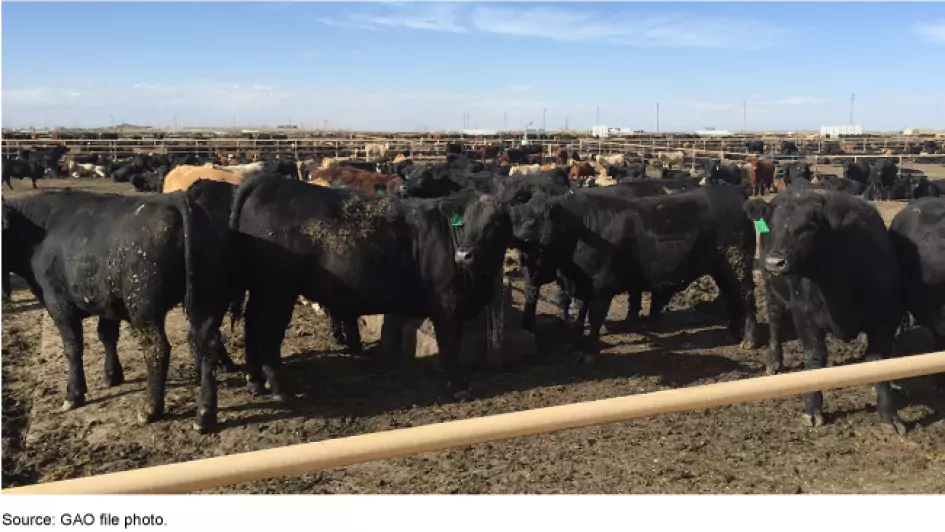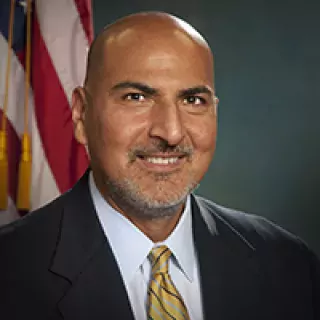Billions in COVID-19 and Trade Relief for Farmers—How Was it Distributed?
The U.S. government has a long history of providing financial assistance to farmers and ranchers when they face difficult and unforeseen circumstances, such as those brought about by COVID-19. Financial assistance provided by the U.S. Department of Agriculture (USDA) is meant to help stabilize the food supply and protect the economy. However, recent headlines about problems in other federal COVID-assistance programs have highlighted the potential for waste, fraud, and abuse in new programs that disburse federal assistance quickly.
Today’s WatchBlog post looks at our work about how USDA monitors farm assistance to ensure money is well spent and how it can improve these efforts.
Cattle in a Feedlot in Colorado
Image

Farmers received billions in assistance during COVID-19
In 2021 and 2022, USDA provided a total of $31 billion to help almost a million farmers offset diminished sales, lower prices, and other losses related to the pandemic. This included farmers who reported harvesting crops, raising livestock, or producing dairy. For example, USDA paid dairy farmers who had to dump milk supplies when schools and restaurants cancelled their orders.
Unfortunately, we found that not all farmers who received payments were eligible for this assistance, and some may not have actually experienced the losses they claimed. For example, we found that USDA paid over $6 million to a farm that may not have owned the cattle for which it claimed to have experienced losses.
USDA aid to farmers impacted by trade disputes
Outside of pandemic assistance, we have also reported on USDA’s trade assistance program. In 2018 and 2019, the department provided $23 billion to help farmers affected by trade disputes between the U.S. and other countries.
More than 600,000 farmers producing crops, dairy, and hogs received trade aid payments. But, we found that USDA used questionable analyses to estimate the losses that farmers experienced to calculate assistance payments. For example, USDA overestimated trade losses and paid different amounts for the same crops in different counties.
What can USDA do to recover questionable payments?
USDA can do more to ensure the assistance it provides is not wasted. Specifically, we found that USDA should use targeted activities to identify and reduce waste of funding, fraud, and abuse in its emergency assistance programs.
To do this, we have recommended that USDA strengthen its monitoring to, among other things, identify farmers who are more likely to have received payments for which they were not eligible. For example, USDA should review documentation for farmers who received large payments for losses associated with crops or livestock for which USDA does not typically offer assistance. While USDA agreed with our recommendations, it has not yet taken steps to implement them.
Find out more about our work on USDA agricultural assistance programs by visiting our key issues page on Farm Programs.
- Comments on GAO’s WatchBlog? Contact blog@gao.gov.





